About this time last year, a tragedy happened.
I had called the landscaping company to come and freshen up my yard for my birthday celebrations, and they did a fantastic job.
The following morning as I was going to feed the chickens, I saw my dog lying on the floor and vomiting.
I ran as fast as possible to get the car and rushed it to the vet for assessment.
After a few tests, they found that my dog had traces of a poisonous plant.
The doctor gave my dog some medicine and gave me a list of all the toxic plants for pets I should discard.
The good news is that my dog is alive, and I’ll be sharing with you some of the plants you should get rid of, so you don’t find yourself in the same situation.
Aloe Vera
Surprisingly one of the most beneficial plants to humans is one of the deadliest to pets. Although the internal gel we use as humans is harmless, the skin is toxic to cats and dogs.
Saponins found in the aloe vera leaves have cleansing properties to the human body but can cause complications for your pet. If your pet doesn’t ingest a large portion of the succulent, then the symptoms won’t be that severe, but if red urine is one of the symptoms, then rush it to the vet immediately.
Symptoms: diarrhea, vomiting, anxiety, depression, tremors, change in urine color, and severe dehydration.
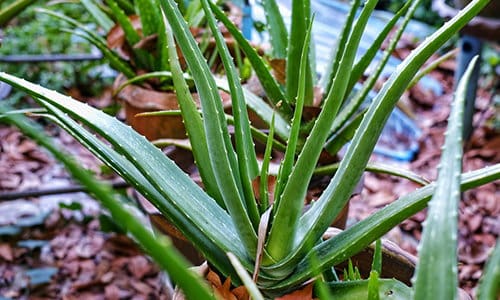
Tulips
The whole plant, from the flowers to the bulbs, contains toxic chemicals to your pet.
Most of the toxins of this plant are in the bulb, so make sure your pet isn’t digging them up.
Symptoms: profuse drooling, vomiting, loss of appetite, gastrointestinal irritation, depression, cardiac complications, and convulsions.
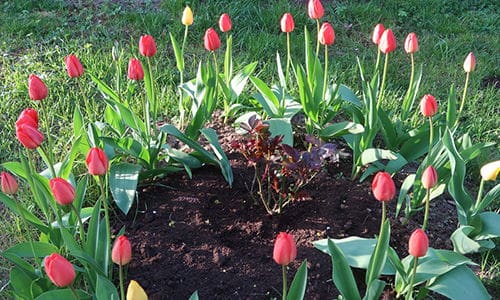
Tomato
The tomatoes, leaves, and stems of the tomato plant contain alpha-tomatine, which is poisonous to cats and dogs.
If eaten in excess, these parts can cause intoxication to the animal. In most cases, poisoning from the tomato plant isn’t fatal, especially if they eat ripe tomato fruits. Keep your pets away from your garden and make sure they can’t access the tomatoes.
Symptoms: Drowsiness, confusion, weakness, behavioral change, stomach pain, dilated pupils, difficulty breathing, and a slow heart rate.
Related: What Happens When You Bury A Fish Head Under A Tomato Plant
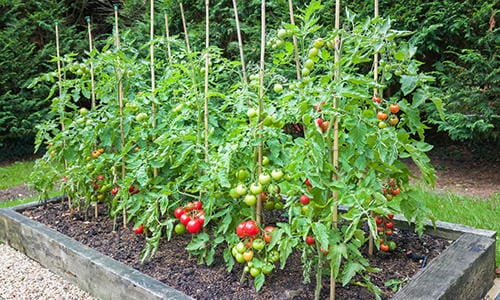
Sago Palm
This cycad is grown for its unfussy nature and attractive fronds. Despite its elegant appearance, every part of this ornamental palm is toxic to animals.
Dogs find these plants delicious so if you have them in your home, make sure you get rid of them immediately.
If ingested, these decorative plants can cause serious side effects like liver failure, damage of the stomach lining, and even death.
Symptoms: vomiting, seizures, diarrhea, and depression.
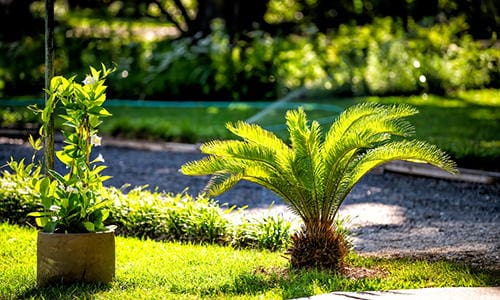
Oleander
The oleander seedlings are the ones responsible for almost killing my dog. All the parts of this pretty shrub are highly toxic and can cause death even if eaten in small amounts, which means my dog was lucky.
Experts say that also humans are at risk of being poisoned if they ingest it, so make sure you get rid of it from your home.
Symptoms: pain, incoordination, diarrhea progressing to sweating, shallow/difficult breathing, slow heart rate, and muscle tremors.
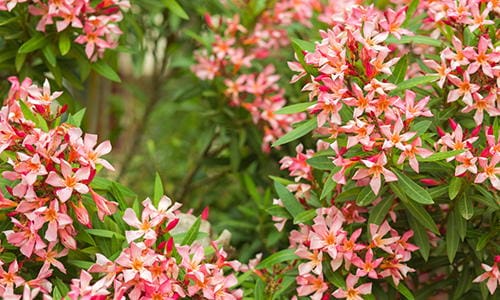
Azaleas
Eye candy in the eyes of many, but terror among animals. These shrubs with bell-shaped flowers and evergreen leaves are amongst the most attractive decorative plants money can buy.
If any of your pets ingest these beauties, they’ll have to pay with severe consequences that can go as far as a coma or death.
The severity of the side effects will depend on how much your pet has ingested.
Symptoms: drooling, weakness, discoordination, diarrhea, vomiting, depression, seizures.
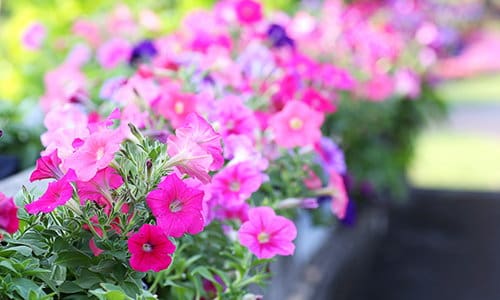
English Ivy
This plant is also called glacier ivy, sweetheart ivy, needlepoint ivy, California ivy, and branching ivy.
People use the English ivy as a ground cover. That’s because of its ability to cover large areas of land in a short space of time. The popularity of this vine has cause invasiveness in some regions.
The leaves and the berries of this plant are toxic to cats and dogs, so it’s best not to have it around.
The toxicity of this plant is almost always not lethal, but if your pet eats a large chunk, effects can include disorientation, convulsions, loss of coordination, and coma.
If the sap contacts the skin, it can cause dermatitis.
Symptoms: stomach upset, diarrhea, abdominal pain, vomiting, drooling, excessive thirst, and a burning sensation in the mouth and throat.
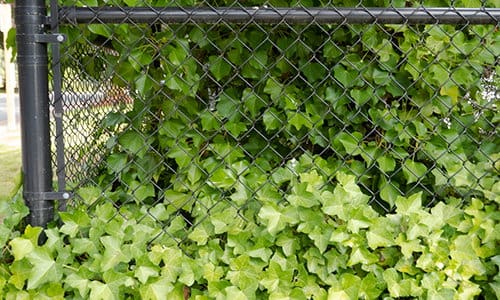
Lilies
Lilies are some of the most beautiful plants out there. They are grown from bulbs that can cause a lot of complications for pets if ingested.
There are benign and dangerous lilies out there, so it’s good to know the difference.
The Calla, Peruvian, and Peace lilies are benign and only contain substances that can cause minor irritations on the mouth, tongue, and throat.
The dangerous ones are the Tiger, Easter, Japanese Show, and Asiatic lilies, which are very harmful to pets.
Ensure these lilies are far from the reach of your pets because if they eat the bulb, that can cause organ failure or death.
Symptoms: Collapse, vomiting, excessive thirst, depression, seizures, and drooling.

Additional Tips
• Learn the botanical and common names of all the plants in your yard.
• Take a sample and a picture of the suspected poisonous plant when going to the vet.
• Always have a vet number handy for emergencies.
• Keep an eye on your pet when you’re on a walk.
• Act fast on helping your pet.
• If you have pets, get rid of these plants immediately!
You may also like:
Cheap and Easy to Build Root Cellar in Your Own Back Yard (Video)
Best Dog Breeds For Homesteaders
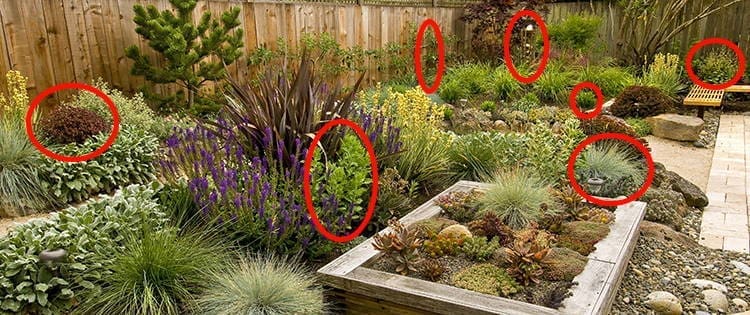
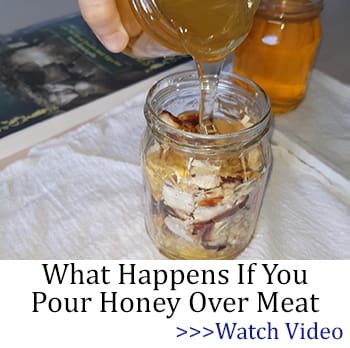








Very interesting! Many flowers were listed there were many flowers I was not aware would hurt pets! I was surprised avocados were toxic to dogs also. Would love to had this book.